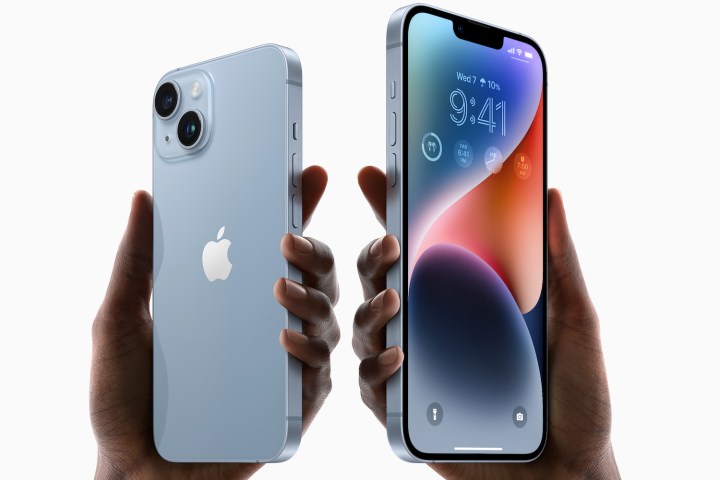The iPhone 14 series is here and with one major change. Just as the rumors suggested before Apple’s Far Out event, there is no Mini model this year. After launching the iPhone 12 Mini and iPhone 13 Mini, Apple has given up on the small size form factor to go the Plus route.
The iPhone 14 Plus is the new entrant in the lineup. For the unaware, the latest Apple iPhone models are iPhone 14, iPhone 14 Plus, iPhone 14 Pro, and iPhone 14 Pro Max. While the Plus is similar in screen size to the iPhone 14 Pro Max, it borrows everything else from the vanilla iPhone 14.

The iPhone 14 Plus features a 6.7-inch OLED XDR display with 1,200 nits of peak brightness. It is powered by the same A15 Bionic chipset that was seen on the iPhone 13 series and is now available on the iPhone 14. It comes equipped with the same set of cameras as the 14, and you get no design changes from the previous generation. This means you’ll still see the notch on the iPhone 14 Plus, which is different from the new cutout found on the iPhone 14 Pro series.
The larger display allows more content to appear on the screen and is covered by the Ceramic Shield. Apple touts the iPhone 14 Plus to last longer than any iPhone ever on a single charge. You still get a 12MP primary camera with a larger sensor, larger pixels at 1.9 microns, and an f/1.5 aperture. It also includes sensor-shift OIS, and the faster aperture allows for better motion freezing. Apple says that the camera system comes with a 49% improvement in low-light performance while also making night mode exposure twice as fast.
On the front lies a new 12MP selfie shooter with a faster f/1.9 aperture and a 38% improvement in low light. It has a hybrid system that focuses faster, and group shots can be in focus from further away. The larger sensors and aperture, combined with A15 Apple silicon and deep fusion, bring multiple frames into a single image in mid to lower-light environments. It applies deep fusion earlier in the process for uncompressed images that allow the rendering of more and brighter colors.

No U.S. model has a SIM tray. Apple says that eSIM support has skyrocketed in the U.S., and that is the only way to activate your SIM going forward. Apple is also bringing satellite connectivity to the iPhone 14 series.
The iPhone 14 Plus, as well as the iPhone 14, comes with crash detection, which is the same as Apple Watch. This means it consists of a high dynamic range gyroscope and dual-core accelerometer that can detect up to 256g and can contact emergency automatically.


